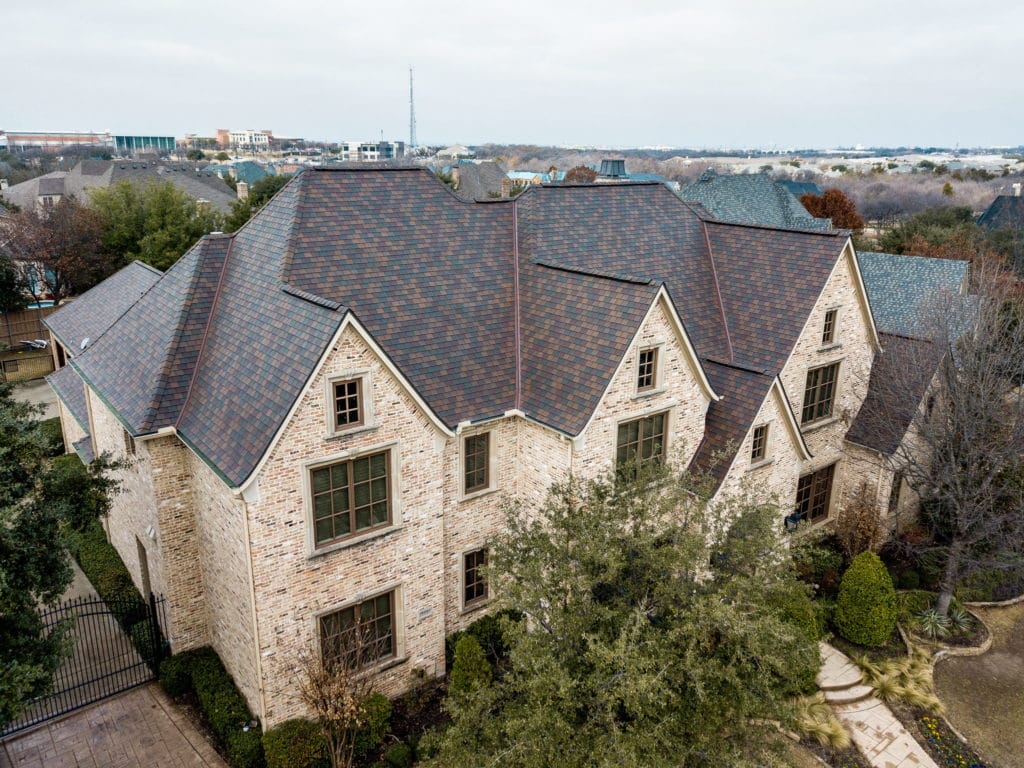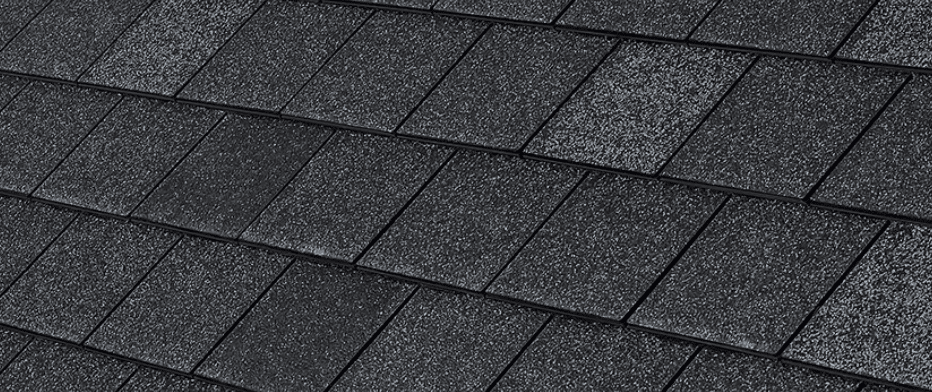


When it comes to the basic parts that make up your home, three areas require serious consideration in terms of protecting your family and investment: the foundation, the walls, and the roof system. The roof system, in particular, is what helps to tie everything together and provides the most protection. Yes, the roof system provides curb-appeal and contributes to the architectural look of your home. But its primary function is to protect your home from the elements and serve as a water-shedding surface to move water away from your walls and foundation, so having a good roof system is essential to the health of your entire house. However, choosing the best roofing shingles for Texas (or any state) can be difficult.
Here is what you should look for in a good roof system and some critical factors to consider:
What to Look for in A Good Roof System
1. Class 4 Impact Resistance
If you live in Texas or any of the other hail prone areas in the United States maybe the most important feature to look for in a good roof is high impact resistance. Even if you live somewhere where you do not get many hail storms, you never know when you’ll get one and it pays to be protected. Ideally, you want to choose a roof with a Class 4 Impact Rating from both UL and Factory Mutual–the highest rating possible from these to agencies. Otherwise, your roof can end up punctured and severely damaged by the next hail storm. Very few roofing product manufacturers provide any warranted protection from hail damage so be sure to read the fine print in your product or roofing system warranty.
2. High Wind Rating
In addition to protecting your home from hail damage, the roof system also has to protect your home from high winds. Wind and storm damage to roofs is one of the leading causes for insurance claims in Texas and surrounding states. Look for a roof system designed to hold up to winds in excess of 100 MPH, and with warranted coverage from blow-off (shingles coming off your house in high winds) up to 130 MPH. Having a high wind rating also means your roof system will provide better protection from wind driven rain.
3. Class A Fire Rating
No that your home is protected from high winds and hail damage, don’t forget about the threat to your house from fire. Many states–including California, Colorado, North Carolina, and even Texas–are prone to damaging wildfires, which can destroy homes. Because of this concern, your home’s roof must be Class A fire rated, so that the home has a better chance of surviving a fire.
4. Moisture Resistance
Moisture creates a big problem for some roofing materials. For one, if a roof is not installed correctly or fails to shed water as designed, water and moisture can enter the roof system and cause issues like mold, mildew, and rot. When algae accumulates on the roof it leads to premature aging of the roof system as well as an unsightly appearance. Once the damage is done moisture can then penetrate the roof system and enter the home, where it can cause much more severe damage, including health related issues. Choose a roofing material that is designed to stand up to constant exposure to moisture on the roof.
5. UV Protection
Sunlight can be nice, but it can also cause serious harm to roofing materials–not just to humans. Over time, exposure to UV rays from the Sun will begin to breakdown roofing materials that have not been designed to withstand UV exposure. Asphalt is one such material and the reason asphalt shingles are covered with rock granules. Once the granules begin to fall off, or are knocked loose by high winds, rain, and hail, the damaging effects of UV exposure is accelerated. Most newer forms of roofing materials are more capable of handling prolonged exposure to UV.
Things to Consider for Texas Roofs
There are a lot of options when it comes to selecting the best roofing shingles for Texas. The most important thing to take into consideration when choosing a roof system is the material that the roofing products are made from. Different materials – like asphalt, polymers, metal, wood, and stone, offer different advantages and disadvantages both upfront and over the life of the roof system.
Consider these five big reasons to carefully evaluate your roofing material options when selecting a new roof system:
1. Durability
Choose a roofing material that is designed to stand up to the elements. That’s everyday UV exposure, high winds and wind-driven rain, resistance to hail impact, and being resistant to algae growth and moisture damage.
2. Maintenance Requirements
Nobody wants to spend time and money maintaining their roof. Materials like real wood shakes and even asphalt shingles require routine and regular maintenance, while synthetic shingles are generally maintenance-free.
3. Installed Weight
Some roof structures are designed to take a lot of weight, others are not. Materials like stone and concrete tiles, and even some metal roofing are too heavy for many structures. Light-weight options include basic asphalt shingles and most synthetic shingle options.
4. Difficulty of Install
Most premium roofing options require very specialized labor to assure an accurate installation. This includes stone tiles, concrete tiles, metal tiles, polymer roof tiles, and even some premium designer asphalt shingles. Most roof leaks are the result of improper installation.
5. Price Installed
The installed price for residential roof systems in Texas range from roughly $325 per square (100ft2 = 1 roofing square) for basic asphalt shingles to over $1500 per square for stone slate and premium metal roofing. Generally, the higher the price the better the durability and the lower the maintenance requirements.
A professional roofing contractor should be able to provide good options to balance all of these considerations.
A Synthetic Roofing Option

No matter whether you live in Texas or another state, an option that will meet everyone’s needs are synthetic roofing shingles. F-WAVE® REVIA® Synthetic Shingles are made from a highly durable, UV resistant, single layer of commercial-grade polymer material that has been engineered to perform on the roof. They offer the highest resistance ratings in every category: Class 4 Impact Rating, Class A Fire rating, and Class F to Class H wind ratings.
REVIA® shingles are also incredibly lightweight and eco-friendly. They offer several distinct styles that mimic the look of traditional roofing materials such as: asphalt shingles, slate tiles, and cedar shakes. They will not easily tear, rip, or puncture. There are no granules or asphalt which means they are designed to have a much longer lifespan than most traditional roofing options.
Your roof is key to protecting your home from the elements, so you need to make the most educated purchase possible. Knowing what to look for in a good roof and what to take into account will allow you to choose the best roofing shingles for your Texas home. REVIA® Synthetic Shingles from F Wave are an excellent option for most homes in any part of the country, with many advantages at an affordable installed price.


